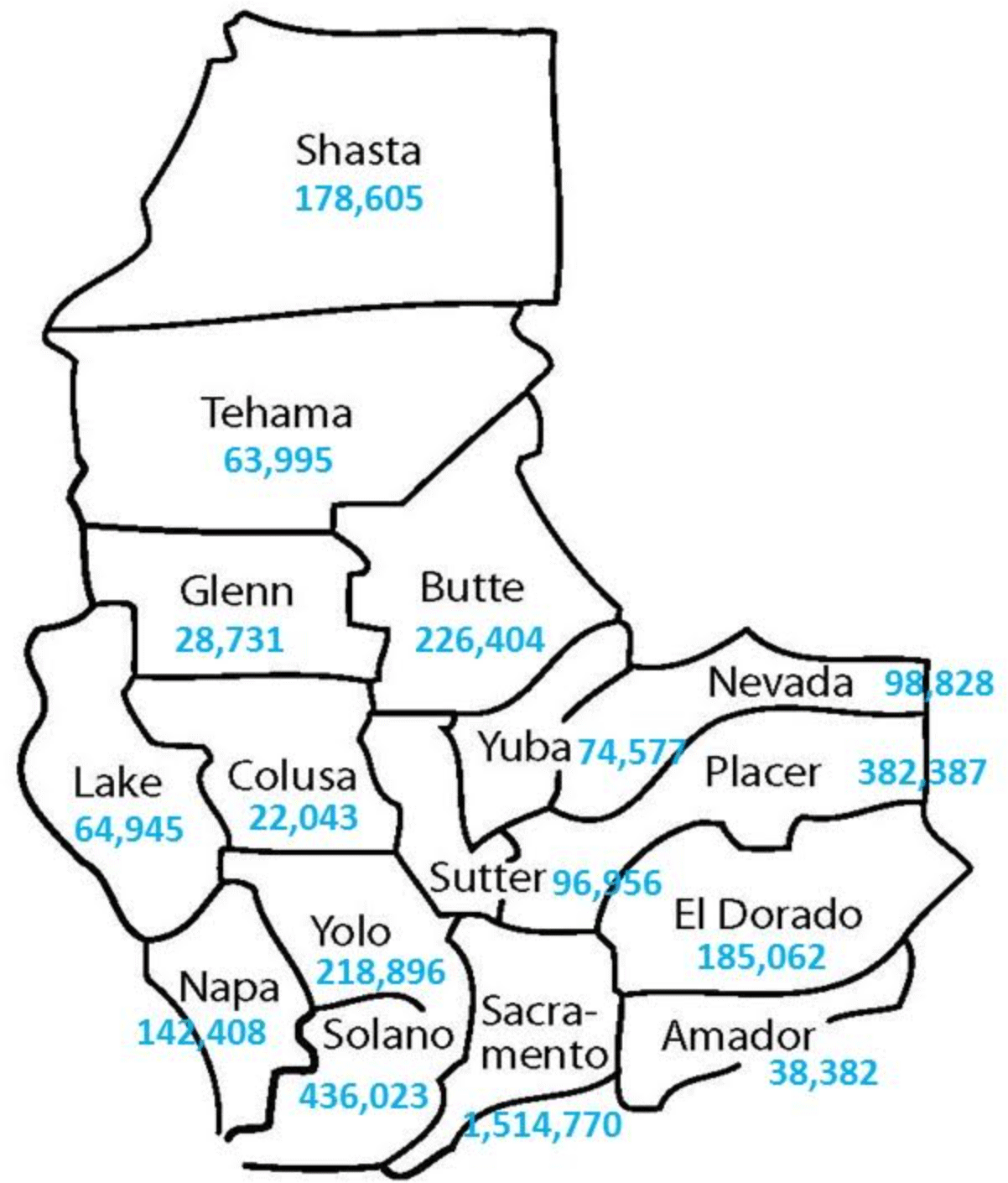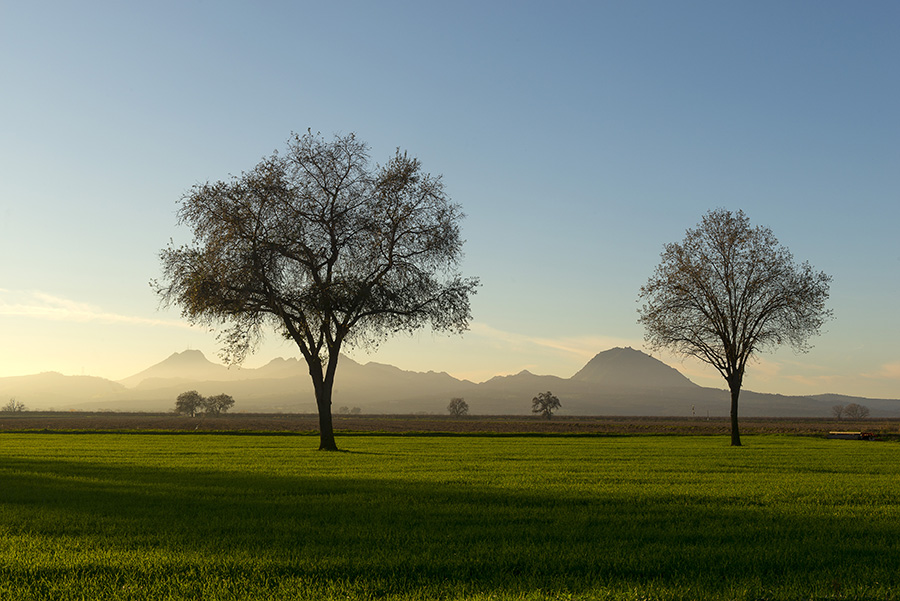On the leading edge of ecological and economic sustainability, the Sacramento Valley is also an exceptional place to live, work and raise a family. Home to diverse rural communities, cities, and one of the nation’s 25 largest metropolitan areas, the Sacramento Valley joins together a world-renowned mosaic of natural abundance: productive farmlands, wildlife refuges and managed wetlands, cities and rural communities, and meandering rivers that support and feed fisheries and natural habitats.
Communities across the Sacramento Valley have a unique connection to the region’s water resources and the benefits they provide—including nourishment and sustenance from the fields, habitats for fish and wildlife, unique opportunities for recreation and a special quality of life.
There is an intuitive recognition among many of the leaders and residents of the Sacramento Valley that these attributes of the region are both unique and linked. For the past decade, the leaders in the region have come together through an innovative platform known as RUCS, or the Rural-Urban Connections Strategy. The increasing awareness of the value of rural lands and the importance of agriculture as an economic engine for the Sacramento Valley is manifest in the City of Sacramento’s recent designation as “America’s Farm-to-Fork Capital.”
Through efficient management of its water resources, including actions to ensure that all communities have access to safe and reliable drinking water the Sacramento Valley will continue to provide what’s essential to the region’s future success and prosperity.
| State County | Total Population | |
|---|---|---|
| 1/1/16 | 1/1/17 | |
| California | 39,189,035 | 39,523,613 |
| Amador | 37,667 | 38,382 |
| Butte | 224,703 | 226,404 |
| Colusa | 21,965 | 22,043 |
| El Dorado | 184,371 | 185,062 |
| Glenn | 28,639 | 28,731 |
| Lake | 64,790 | 64,945 |
| Napa | 141,888 | 142,408 |
| Nevada | 98,609 | 98,828 |
| Placer | 376,203 | 382,837 |
| Sacramento | 1,496,619 | 1,514,770 |
| Shasta | 178,232 | 178,605 |
| Solano | 178,232 | 436,023 |
| Sutter | 96,614 | 96,956 |
| Tehama | 63,942 | 63,995 |
| Yolo | 215,522 | 218,896 |
| Yuba | 74,328 | 74,577 |








